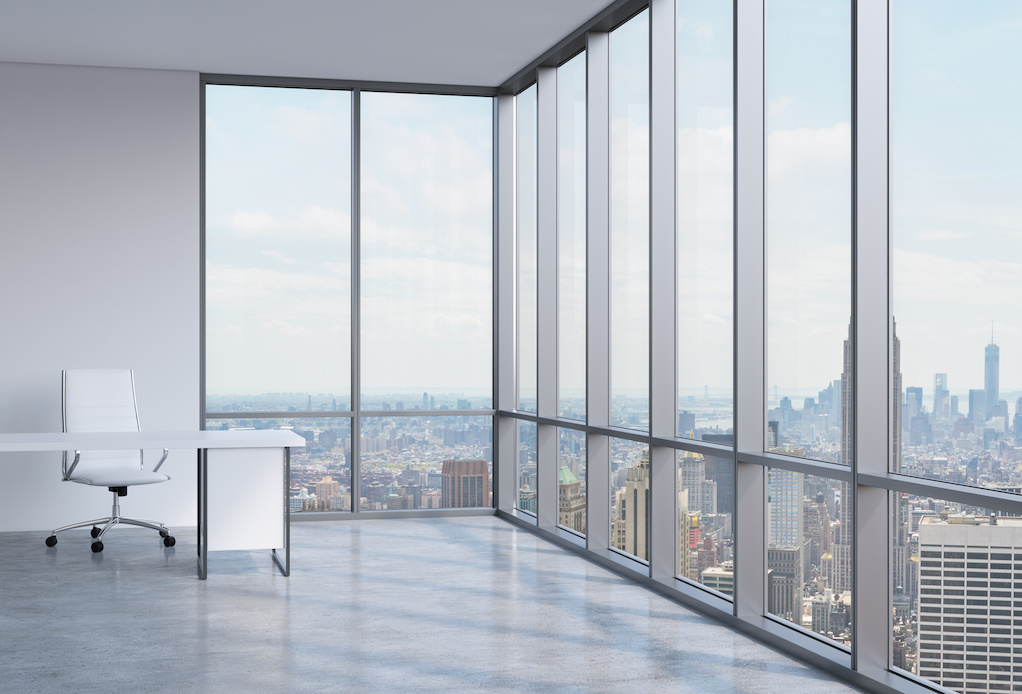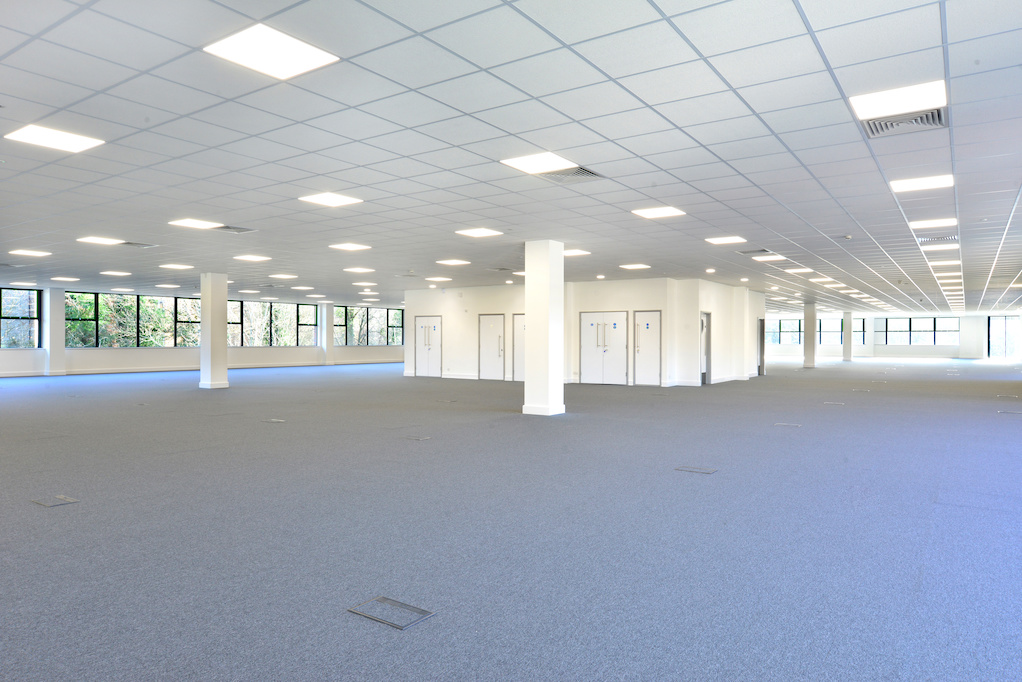If you’re tired of hearing about the push-and-pull of online work, we’re with you. In fact, most of America is. Companies, individuals, and property owners have been caught in the flux of “Work From Home is here to stay,” versus “Remote work is a corporate fad.”
These mixed messages come from the current prevalence of WFH and the uncertain future of where it is going.
But amid all the controversy maybe there’s a happy medium, and it is in realizing that the remote work phenomenon has fundamentally shifted the way we view the workplace. Accordingly, we need to develop new standards that satisfy both traditional and novel work preferences.
So read on to learn about:
- How Generation Z is leading the return to office movement
- Backlash against Elon Musk’s return-to-office edict
- How to ensure your workplace makes everyone happy
Does Gen Z Want Remote Work?
In the two years that work has largely shifted online, vast amounts of office space have become underutilized. Companies everywhere are trying to shed the excess in their footprints. As a result, there are currently 232 million square feet of office space still vacant.
|
There are over 8 square miles of empty office space, twice the level of pre-pandemic norms. |
Corporate America has been looking for answers and pointing fingers over this excess space crisis, and has largely found a scapegoat in Gen Z. The newest generation to enter the workforce is known to prefer work-life balance is highly sensitive to the technological revolution.
As a result, they are easy to blame for the sustained popularity of the WFH movement.
However, it is actually younger workers that are leading the return to office movement, but with their own parameters of course.

According to a joint survey conducted by Stanford, the University of Chicago, and ITAM, less than a quarter of workers in their 20s who can work remotely full-time want to. In fact, 20 to 25-year olds were among the demographic least likely to apply to fully remote jobs, according to an analysis conducted by LinkedIn.
They crave the interaction and visibility that offices provide. Also they in-person work as an opportunity to be productive when they lack a personal workplace.
The Demand for Hybrid Work
But not so fast. They’re not quite ready to fully return to the rat race yet. Workplace flexibility is still a top priority. As such the preferred schedule appears to be hybrid. Workers have the option to attend the office and leverage it as a resource rather than an obligation.
Propmodo asserts that, “Younger workers view the workplace as a resource. A resource that offers the necessary equipment and a greater access to technology than what they can get at home...(they) are more enthusiastic about in-person work and value being at the office more so than their older counterparts, but only if they’re showing up to an office that suits their needs. And landlords and occupiers should pay attention, lest they fall behind in the talent war.”

Recruiting and maintaining top talent, both young and old, requires thinking about the workplace differently. Companies are paying closer attention to the preferred work styles of their employees and building environments around them. This is a system that makes most (if not all) team members happy. Still, overwhelming popular appeal lies in workplace flexibility, which usually comes in the form of a hybrid schedule.
Propmodo continued that, “Being able to dictate one’s working schedule is crucial for many in the workforce, not just for the newest generation of workers but maintaining flexibility is key for attracting and retaining young workers.”
No Option = No Employee Loyalty
This philosophy stands in vast contrast to Elon Musk’s hostile Twitter takeover. His latest $44 million purchase involved significant layoffs, followed by an ultimatum to the remaining employees: Come back into the office for 40 hours a week or don't let the virtual door hit you on the way out.
This sudden change is especially shocking since Twitter was one of the first companies to implement a permanent WFH arrangement. Musk’s bluff was called by hundreds of Twitter employees, who have adopted lifestyles compatible with the indefinitely remote nature of their jobs. 1,200 estimated resignations occurred within the short period Musk gave his employees to decide. According to the NYT “Twitter had 7,500 full-time employees at the end of October, which dropped to about 3,700 after mass layoffs this month (November).”
Peter Clowes, a senior software engineer at Twitter discussed how this decision decimated the existing company culture.

Ending remote work at Twitter has garnered major backlash.
This is especially because when there is so much indecision in the nation, moves by large-scale, influential organizations like Twitter make quite the statement.
However, the outrage was not at Elon Musk wanting employees in the office. As we discussed, many younger workers are prepared to come back to the office. Instead, it was the immediate, inflexible standards he expected his employees to adhere to, and the attitude that they were easily replaceable by eager workers who would take their positions. The strong public reaction came from the view that this was a convenient method for Musk to clean house and further slash Twitter’s numbers.
The point from a CRE standard is that companies forcing mandatory, in-person schedules are getting flak from the public. According to Propmodo, if you want employees to return to the office, the key is really giving them the option,
|
“Workers don’t want to be in the office all day every day. That said, office workers will flock back to the office so long as they have hybrid or remote options.” |
Take Twitter’s mass-resignation as an example of the opposite in action.
The Solution Lies in Workplace Flexibility
For companies, the answer then seems to be providing workplace flexibility. This means that there is an office, but not one they need to commute to every workday. In fact, according to a survey by Mckinsey and company, a flexible work arrangement is a top three motivator for finding a new job.
However, the office may have a slightly different use than it did in the past. According to Propmodo, “Gen Z is more technologically savvy and incorporates technology more seamlessly into their daily lives, so they expect things like space booking, access control, and amenities to be accessible on their mobile devices.”
If you're looking for an office that accommodates hybrid work, there's things you don't want to get wrong. Learn what to look for in your next office space by enrolling in our free course below.
So, make sure that your office is the resource that younger generations want it to be. They crave the means to be productive, so provide them with the environment where they can do so. Listening to Gen-Z is so critical now because they are such an integral demographic to key into. By 2030, they will become 30% of the workforce. As such, their working preferences cannot be ignored. They have spoken and they’re looking for modernity. Learn everything you need to know about updating your office: 4 Modern Trends in Office Space Design.
Find the Optimal Office Solution with a Tenant Rep
If you’re considering the best option for your office (whether it utilize a hybrid schedule or not), you should work with a Tenant Rep. At iOptimize Realty®, we are true Tenant Reps with 30+ years of experience finding the optimal solutions for our corporate clients. Whether this means relocating, renovating, renegotiating, or improving your space utilization by Right-sizing, you have a team who can take the load off your CRE decisions.
Right now, many companied adopting hybrid schedules have reduced their overall space utilization. As a result, they are paying for space that no longer has a use. If this sounds familiar, learn how a Tenant Rep can reduce your spending and save you millions on underutilized commercial real estate: What to do with Extra Office Space: A Guide for Corporate Tenants.
Ready to find the right office space for your needs? Reach out to a true Tenant Rep now!
Wondering where to begin?
Related Content
- How to Make Your Office a Safer and More Enticing Environment
- How Hybrid Work Devalued the Status of the Corner Office
- Your Office Touring Checklist (5 Key Considerations)
- How the Office Apocalypse Affects Corporate Tenants







